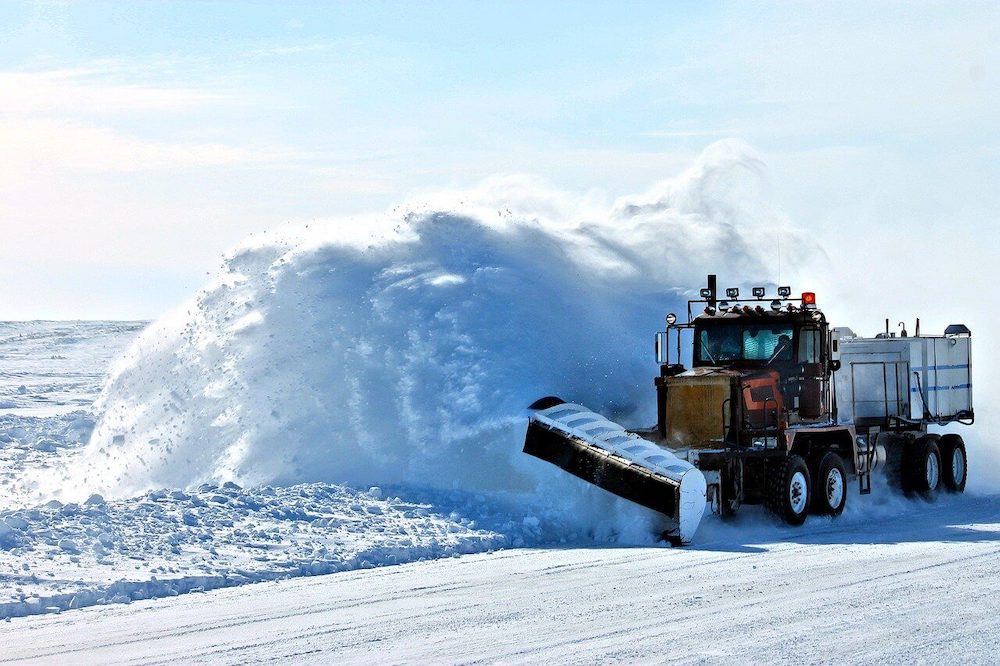
When nature unleashes snow and ice, few commercial trucking fleets are spared! If you drive anywhere across the Midwest, you are sure to deal with the effects of unpredictable winter weather.
Winterizing your fleet can save money and time by preventing emergency situations. Read on to discover five key steps to winterizing your trucking equipment before the next “wintery mix” strikes!
Battery
Cold weather drains batteries fast. Batteries also face a high starting load in the cold, another cause of battery failures at this time of year. So check the age and strength of your batteries often.
Tire Pressure & Traction
Test your tire condition and ensure tread thickness of at least 5/32-inches for winter driving. Be sure that your tires are properly inflated as well. Consider a four-wheel drive model or a truck with a limited-slip differential.
Engine Maintenance
Carefully inspect all heater and water hoses for signs of wear, cracks, hardening or softening. Replace any belts or hoses if necessary. On models using diesel engines, use winter blend fuel with a high cetane rating and add anti-gel additives each time you fill up. Be sure your trucks’ antifreeze systems are equipped for colder temperatures.
Snowplow Equipment
Inspect all welds, bolts and fasteners on the plow and vehicle mount. Change the hydraulic fluid and apply di-electric grease to all electrical connections. Inspect the plow’s cutting edge and plow shoes, to consider replacing these vital components. Confirm headlights and battery systems are a go!
Emergency Preparation
Check that the truck’s heater and defroster are functioning properly. For safety, pack emergency supplies including: a first aid kid, sturdy waterproof gloves, a reflective vest, a flashlight, flares, a kneeling pad, and boots with good traction.
Call Us for Help
Follow the instructions above and drive safely this winter, in any weather conditions. No time to inspect your fleet? No problem. Our road service team is here to help! Call us today to get your trucks ready for winter.

